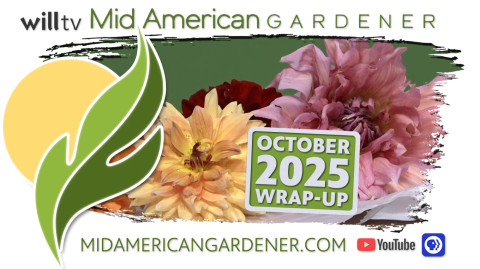The Amazing (and Creepy) Habits and Lifecycle of Common Garden Insects
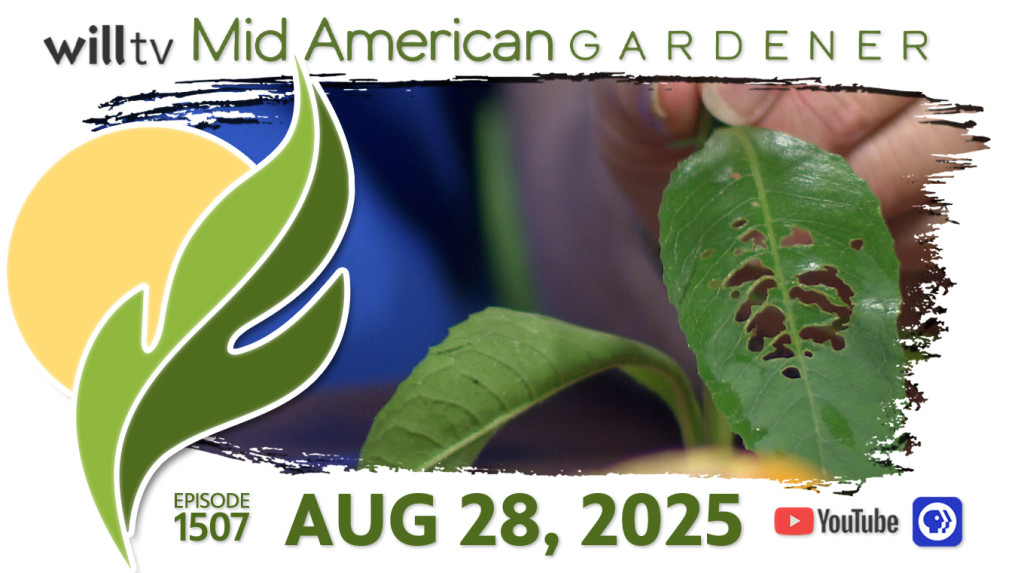
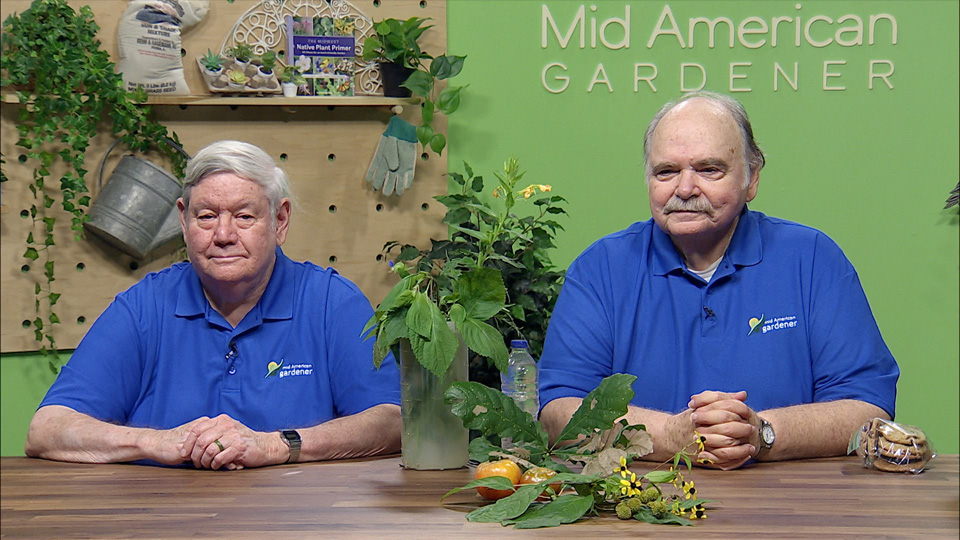
This week’s Mid-American Gardener kicks off with a personal story from host Tinisha Spain. Webworms have take over a small tree and Entomologist Phil Nixon explains where you’re likely to see them, talks about their life cycle, and whether or not they will damage trees and shrubs. The good news is the damage is mostly cosmetic since the trees have already stored up the energy they need earlier in the summer. The silky sacs the leave behind are pretty sticky and are even water proof.
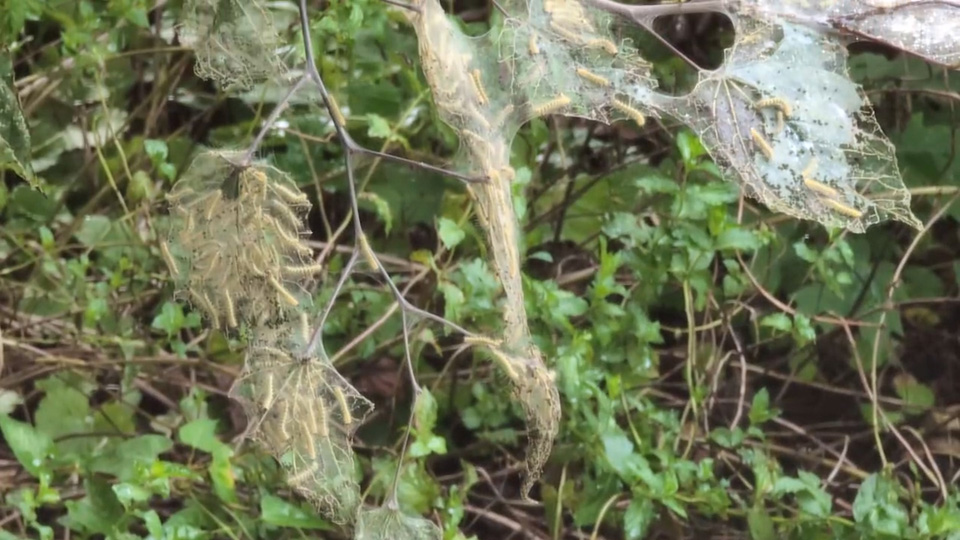
From there, the conversation shifted to how insect damage in spring is different from late summer. Phil explained that when trees lose leaves early in the season, it can stress them because they have to re-leaf. But by late summer, when photosynthesis naturally slows down, the damage isn’t nearly as serious.
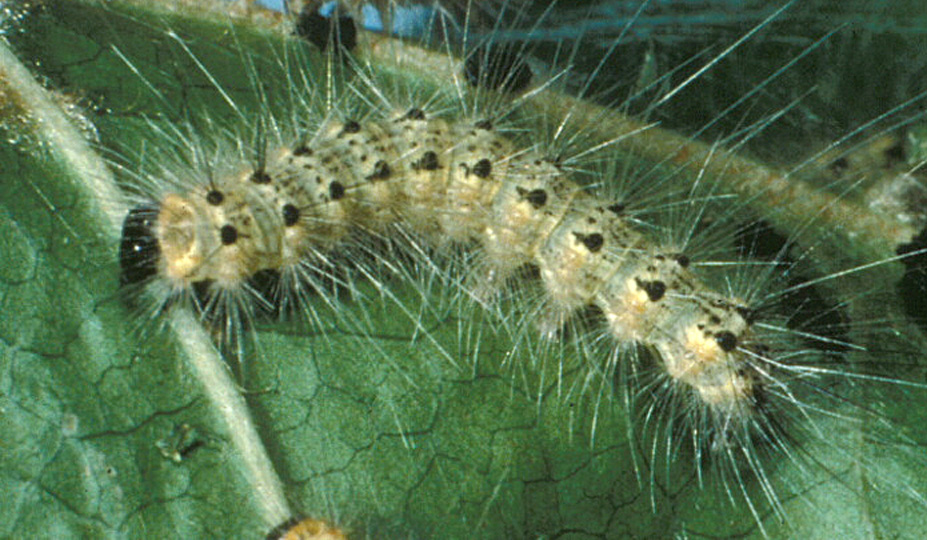
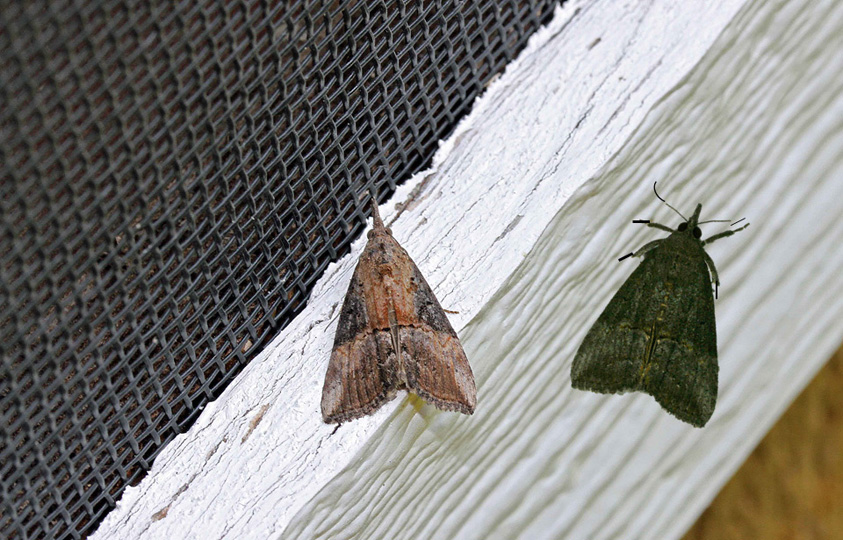
Next up, Chuck Voigt shared some plant samples. He brought in oak leaves showing leaf miner damage and wondered if we see it more on seedlings because it’s easier to notice, or because insects actually prefer those lower leaves. Phil explained that many tiny moths just don’t fly that high, so the damage tends to be closer to eye level — something he’s also seen in his own research.
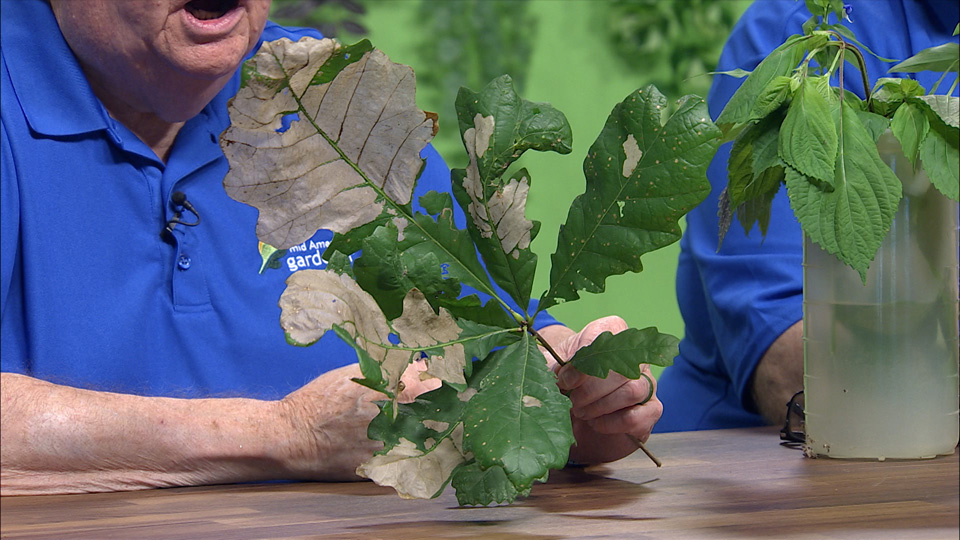
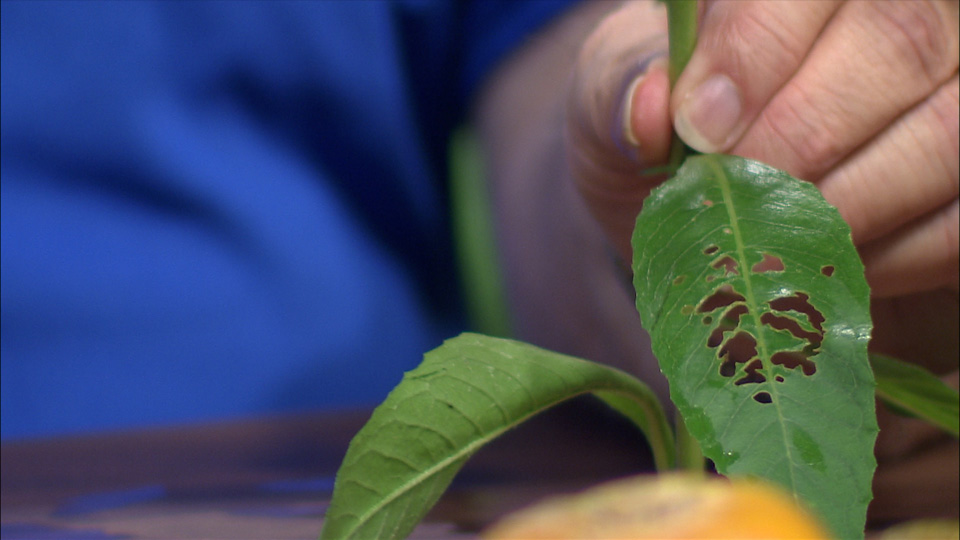
They also looked at evening primrose leaves that had been chewed up by Japanese beetles. And it make sense why they prefer the new, more tender leaves. The panelists also talk about what other insects like to dine on late summer blooms.
If you were a late planter this year, depending on what you grew it could have worked in your favor! Holding off on zucchini until late June or early July to avoid squash vine borer egg-laying is a great strategy for avoiding those pesky borers and enjoying more zukes!
Phil wrapped things up with photos of insects viewers may spot soon — from the two types of fall webworms (black-headed and red-headed) to the spotted beet webworm moth that shows up around herbicide-resistant pigweeds, and even green cloverworm moths that people sometimes mistake for hummingbirds at their feeders.



